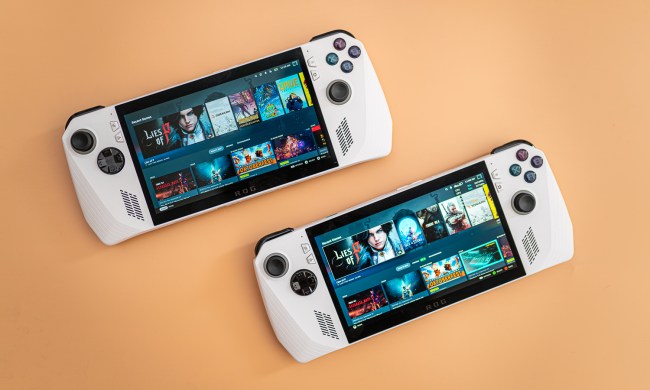Asus is looking to offer something a little different with its next-generation of Republic of Gamers (ROG) laptops: 120Hz displays. Announced just prior to this week’s Computex festival, Asus notebooks will correct some related mistakes of the past and will bundle advanced hyper-viewing angle (AHVA) panels with that 120Hz capability, sacrificing little to offer support for much higher frame rates.
We have previously discussed the advantages of high-refresh displays, but it boils down to making gaming more responsive and visually clearer during frantic moments — though it offers little advantage for non-gamers. Still, that’s why Asus has pushed this feature on its new laptops and it’s looking to avoid some of the issues it faced previously.
As Anandtech points out, this isn’t the first time Asus has tried to sell laptops with high-refresh rate displays. Back then Asus had to use TN panels, which had a narrower viewing angle and the color accuracy wasn’t great. Those problems are not present with the new AHVA panels, so it could be that Asus draws a lot of interest for its new ROG
On top of the 120Hz refresh rates that these new laptops offer, they also support Nvidia’s G-Sync technology, and so should have zero screen-tearing as well, which is always a nice bonus.
All of this will come as part of the 15-inch and 17-inch models, with internal options for Core i5 or i7 processors, some powerful Nvidia GTX graphics chips, and dual channel DDR4 memory. Storage-wise we’re told there will be a pair of M.2. PCIExpress solid-state drives and for connecting yourself to the wider world, wireless support for 802.11ac Wi-Fi.
Unfortunately detailed specifications on these laptops aren’t available just yet. In fact, Asus isn’t even sure when they’re coming out, how much they will cost, or what the final hardware configurations will be. You can play with some display models at Computex though, so if you’re attending and want to check them out, the option will be there.
One thing you can bet on, though, is that if these laptops sell well, we will likely see other manufacturers pushing out high-refresh-rate



